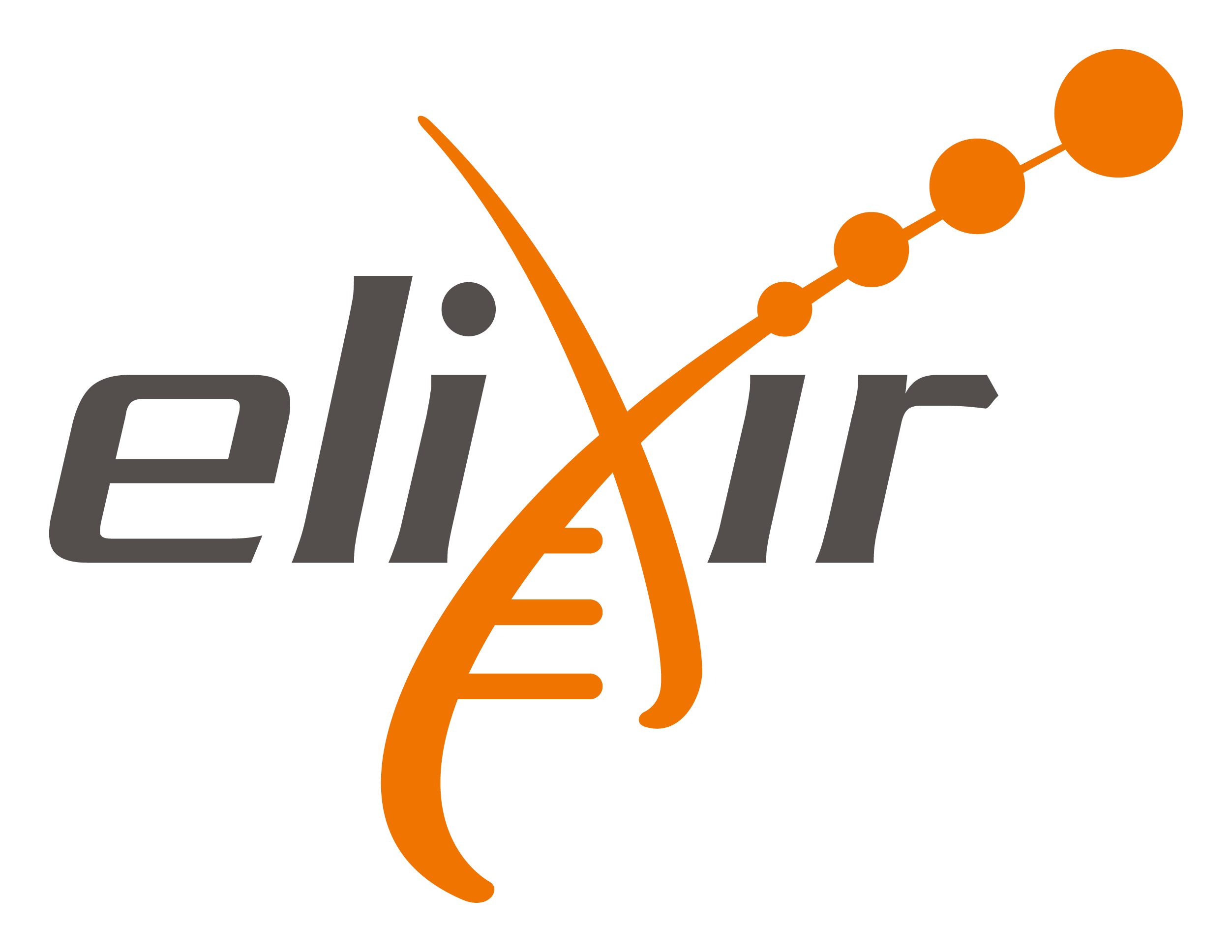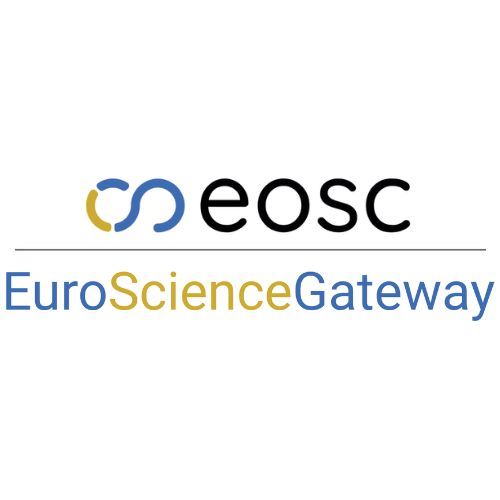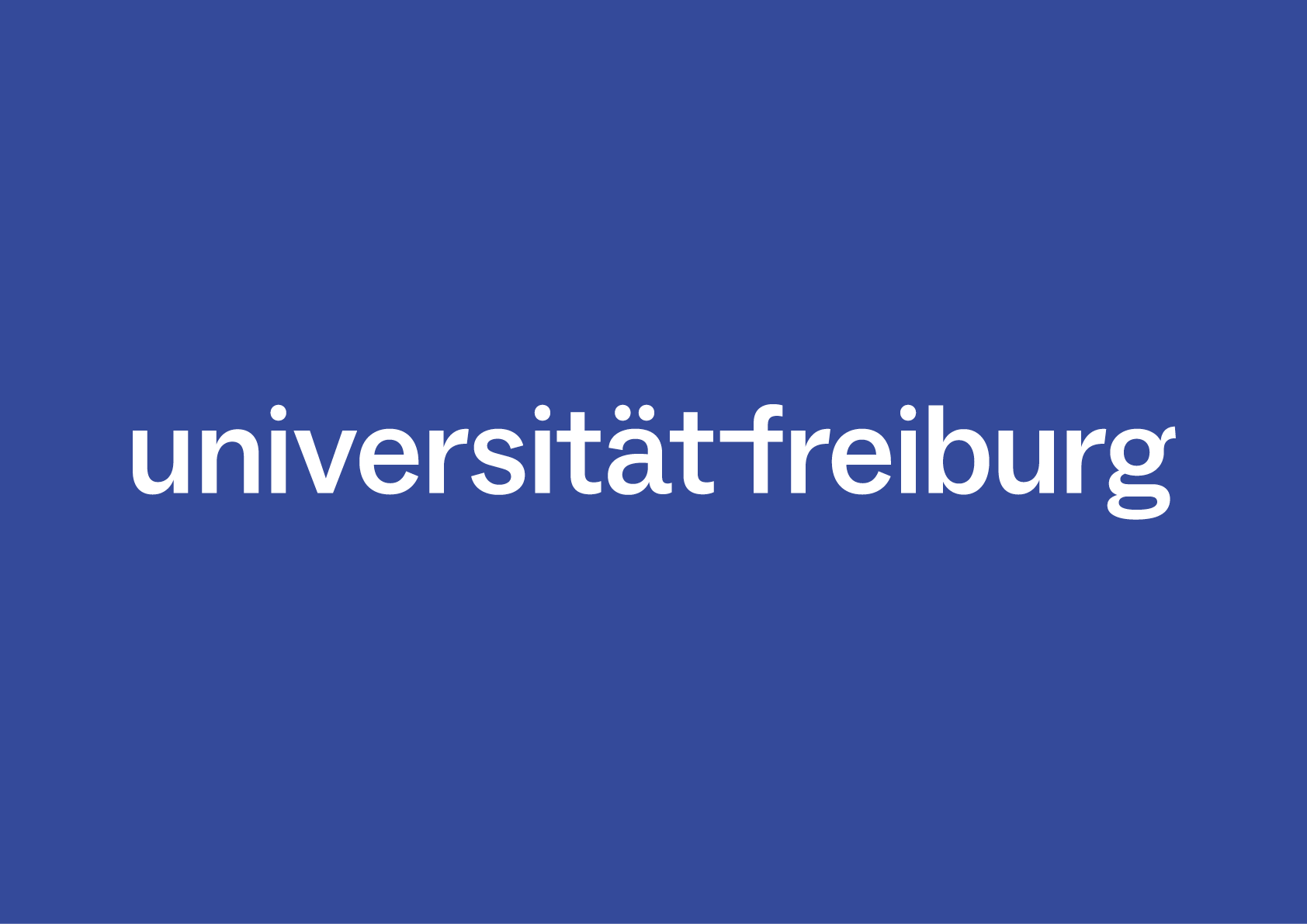Empowering Genomics Education with Galaxy TIaaS
TIaaS and Galaxy are transforming how we teach genomics—making hands-on bioinformatics accessible to every student, no coding required.
As part of the Master's program in R&D in Biotechnology and Biomedicine at the University of Valencia (Spain), I (Miguel Morard) teach a practical course on Bioinformatic techniques, with a strong focus on genomics. The course runs for one month, with two-hour sessions held twice a week. It brings together approximately 35 students from diverse Life Sciences backgrounds, including Biology, Biotechnology, and Biochemistry.
To support these hands-on sessions, I rely on the Galaxy Europe Training Infrastructure as a Service (TIaaS). This platform provides the computing resources needed to carry out demanding bioinformatics analyses in a limited amount of time—something that would be very difficult to achieve otherwise.
Galaxy’s intuitive interface allows students with no programming or Linux background to access and run sophisticated Genomics workflows. This accessibility is key for our students, many of whom will go on to work in roles where they must interpret genomic data, even if they aren’t directly performing the analyses themselves.
The course focuses on three core topics: Genome de novo assembly, Genome annotation and Genome resequencing.
We begin with the Galaxy introduction tutorial, giving students the foundational knowledge they need to navigate the platform. From there, they perform de novo genome assemblies, experimenting with different parameters to observe how these influence the final results. This comparative analysis gives students valuable insights into data quality and the impact of analytical decisions.
Following assembly, we move on to genome annotation. Here, students assess the completeness of their assemblies and learn about the challenges of gene identification. We emphasize the risks of poor annotation and how it can mislead downstream research.
Finally, we explore genome resequencing, where the importance of choosing a suitable reference genome becomes clear. Through this, students develop a deeper understanding of potential pitfalls in comparative analyses.
Working in pairs or small groups, students are encouraged to discuss their results, troubleshoot together, and reflect on the biological meaning behind the outputs. By engaging directly with real data and observing the consequences of different analysis choices, they become more critical users of bioinformatics tools and more cautious consumers of database information.
One of the main goals of these sessions is to prepare students not use complex bioinformatics tools, but to think critically about the data they’ll encounter in their future careers. Being able to interpret and evaluate results—even without deep computational skills—is a valuable competency for any life science researcher.
The enthusiasm of the students is evident—they consistently request more practical sessions and deeply appreciate the opportunity to apply theoretical knowledge to real-world problems.
None of this would be possible without the support of the European Galaxy team and the TIaaS service. Their contribution is essential to making hands-on genomics education accessible and effective. A sincere thank to them for helping us train the next generation of biotechnology and biomedical professionals.
To learn more about my research, you can follow me on BlueSky and LinkedIn.




